Technology
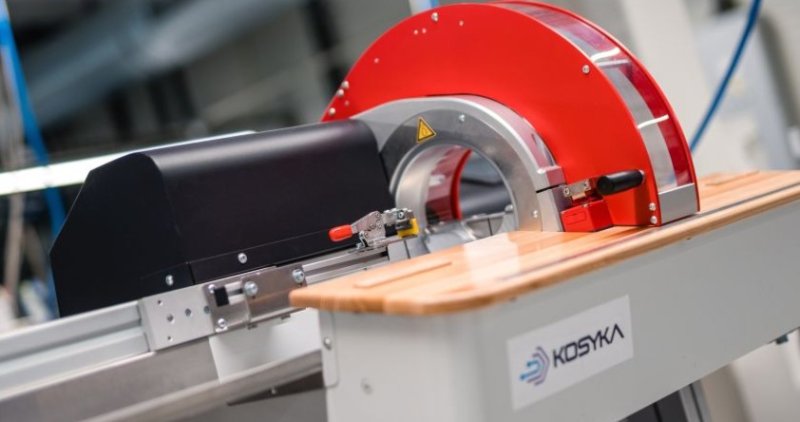
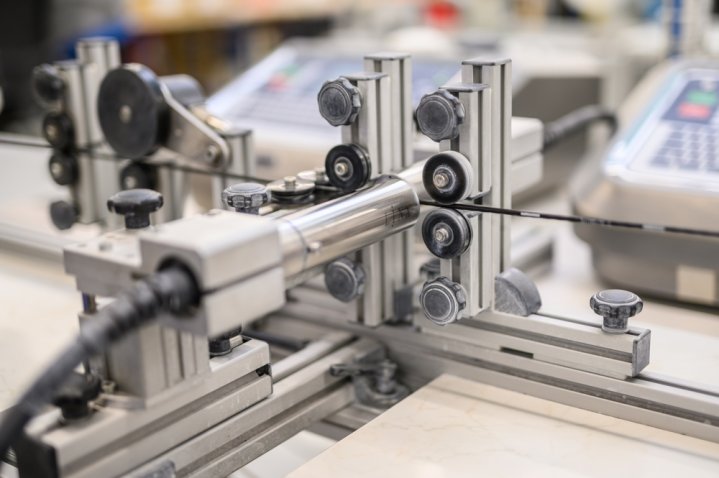
It was 1995 when we opened our first production plant in Jihlava and laid the foundations of KOSYKA. We started with the production of cable harnesses for consumer electronics, industrial electrical engineering. Four years later, in 1999, after a successful start, we started production in a second plant in Jamny, not far from Jihlava. In 2005, we started producing cable harnesses for the automotive industry. But we didn't just stop at growth - we also wanted modern facilities. And so in 2011 we completed a new production and administration facility in Jihlava's Industrial Zone II, where you can still find us today. We are currently around 120 people and we are still driven forward by the same energy as when we started. Whether it's production, innovation or simply that we want to be a quality and reliable partner for our customers.
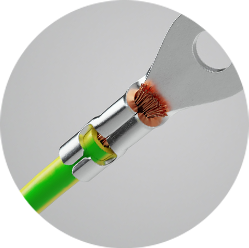
the actual process of crimping the end cap onto the wire
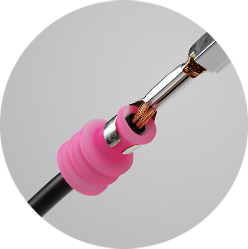
proprietary process of crimping the end cap onto the conductor with IPxx protection
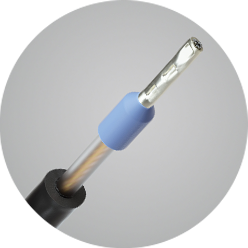
protects the ends of stranded wires from fraying and mechanical damage when plugging into terminals, e.g. in an electrical switchboard. It ensures a firm connection of the individual wires in the conductor and contributes to safe current conduction. The use of glands/terminators increases the safety and reliability of the electrical connection, preventing loosening or poor contact of the wires. Installation of the grommets is simple and quick, and the grommets can be colour coded for easy identification of the conductors.
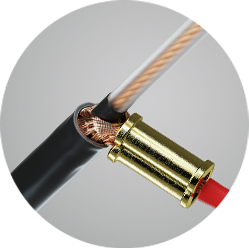
Production technology Splice is a non-soldered crimped connection with a metal strip at the ends of the components. Unlike standard contacts, splice connections are applicable to any electrical and electronic components with different dimensions and materials, such as wires, circuit boards, coils, capacitors, sensors, diodes, fabrics, etc. Compared to welding and soldering, the splice joint is vibration resistant and its quality can be checked both during and after production.
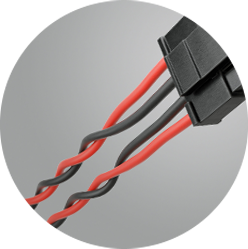
The twisting technology is used for both two and multi-core conductors. Twisted wires achieve better flexibility (flexibility) and thus durability, and for paired data wires it reduces crosstalk between pairs and electromagnetic interference. For multi-pair conductors, the different twist lengths reduce crosstalk and electromagnetic interference between pairs.

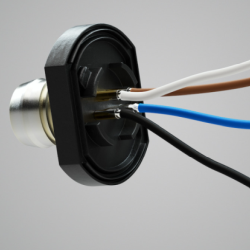
is the process of joining metal parts using molten solder, after solidification it creates a solid electrical and mechanical connection, it is used in working with electronic components, wires and cables. Tin-lead alloy used to be used for good soldering results, but nowadays mainly lead-free materials are used, where tin alloys with other metals improve the final parameters of the joint. The combination of tin, silver and copper (Sn-Ag-Cu) is used for soldering components where high mechanical strength and corrosion resistance are required, while tin-gold alloys (Sn-Au) are used for demanding applications in the aerospace and military industries.
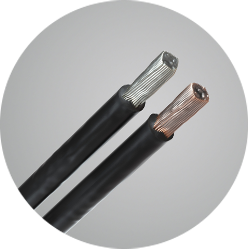
(compacting) - the individual wires of a cable are formed into a compact (non-homogeneous) piece, important for subsequent resistance welding
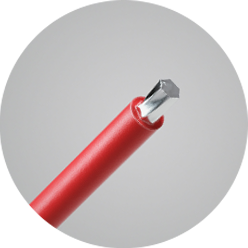
is a process in which a thin layer of tin is applied to the surface of wires or pins of electronic components to protect metal surfaces from oxidation and corrosion, thereby extending life. Tin also has good electrical conductivity, improving the conductivity of the joint and making the tinned surface easier to solder later. The most common method of tinning is by immersing the parts in a molten tin bath, or by using an electrolytic bath where tin is applied to the surface of the metal by means of an electric current.
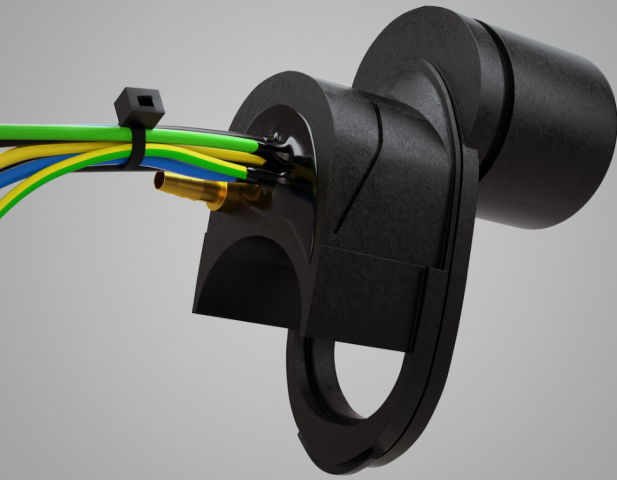
is the process of filling a connector with a gel-like or solid compound. It provides protection against moisture, thermal or physical shock, humidity and vibration
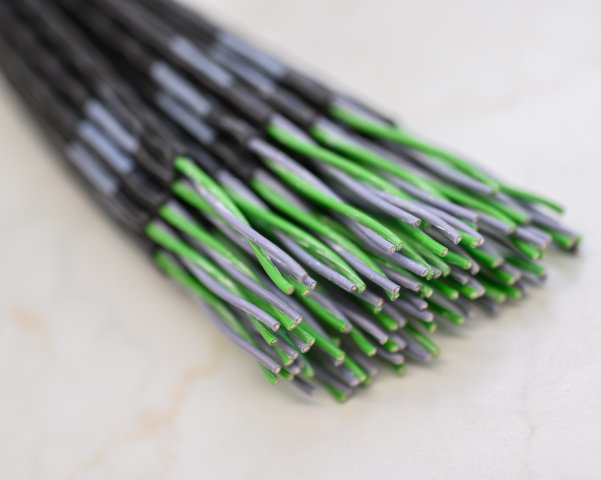
a work process designed to further process a conductor or cable
COPYRIGHT © 2025 kosyka.cz | TVORBA WWW STRÁNEK MACHIN.CZ